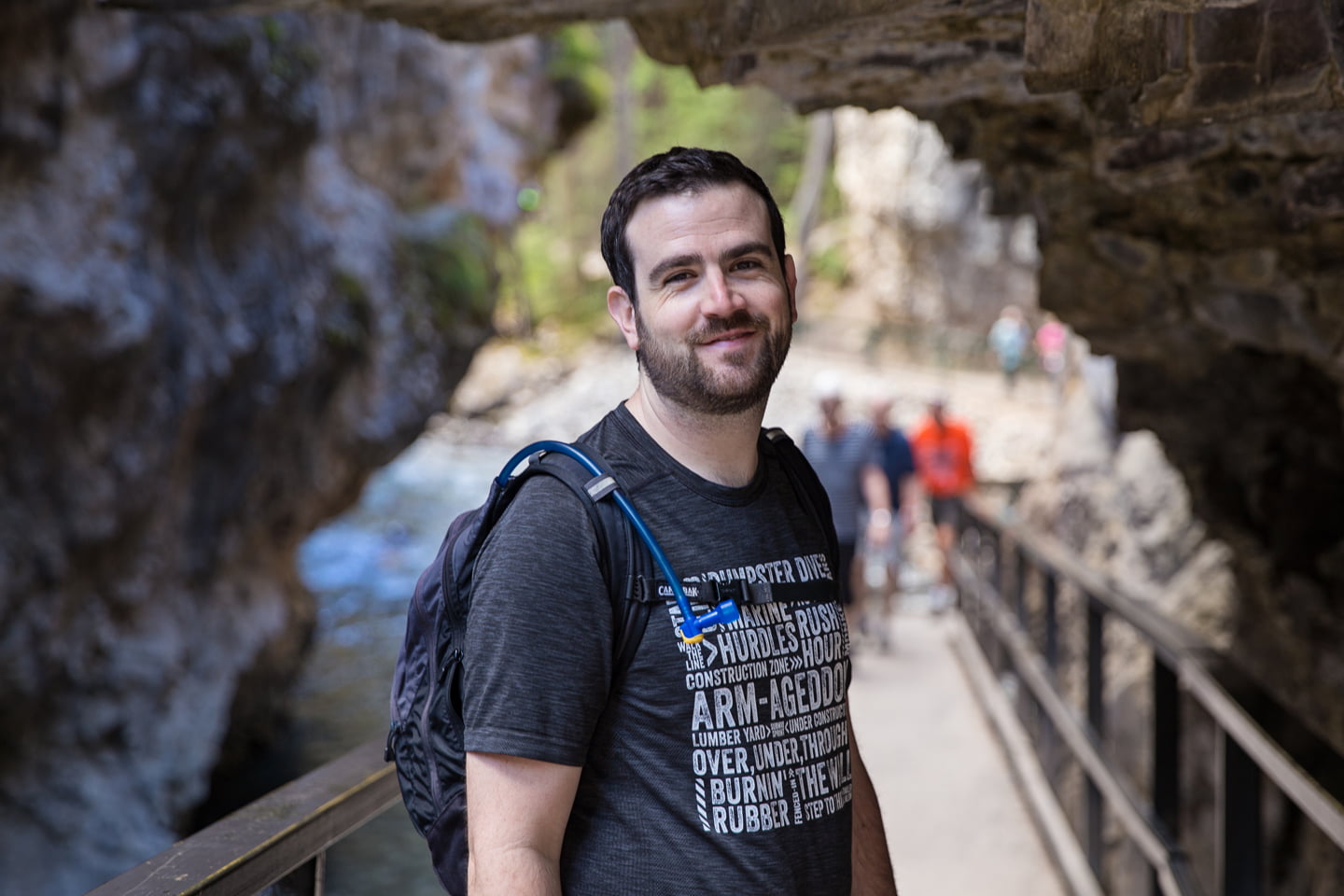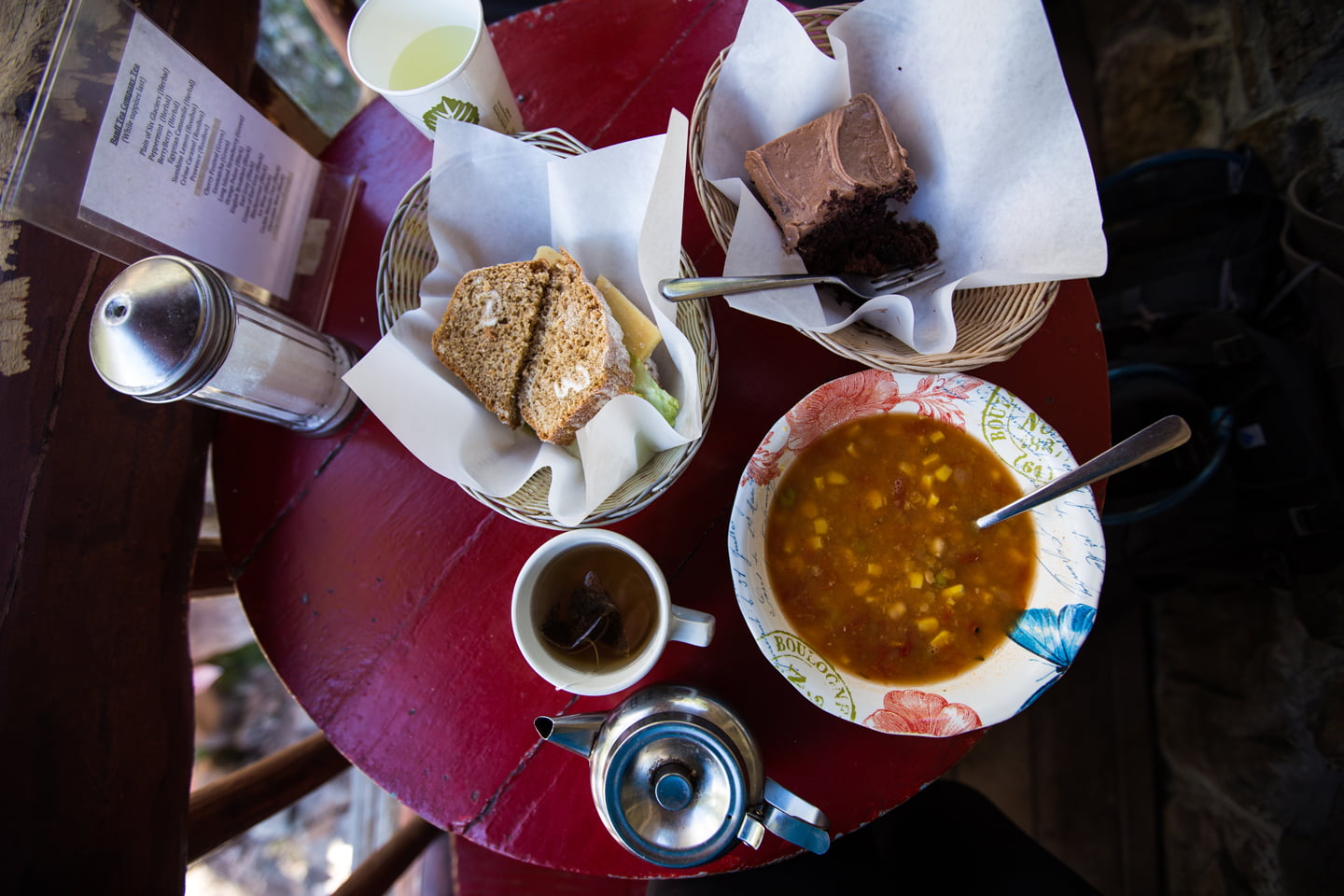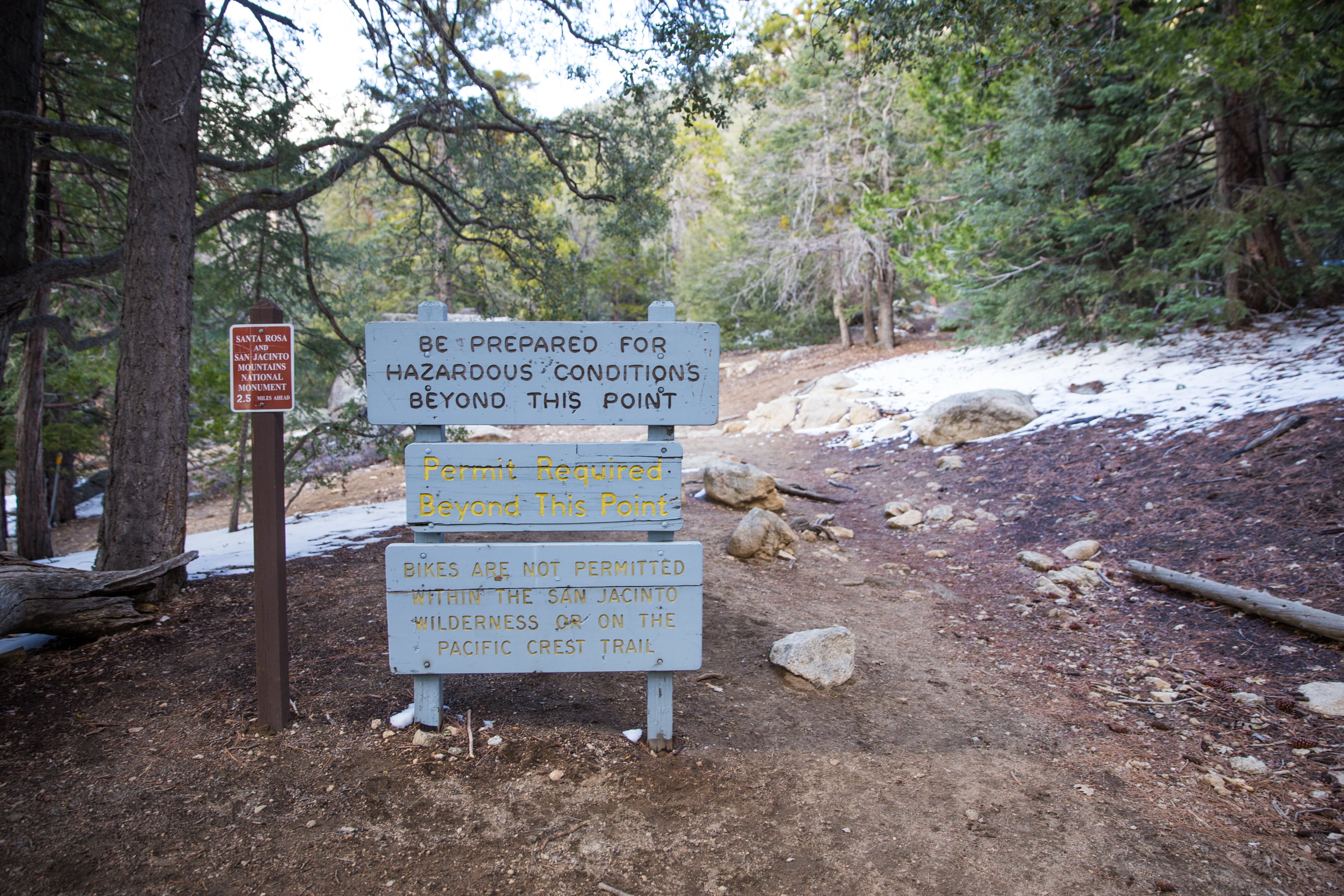Five Essential Tips for a Successful Day Hike

Written by Julie Boyd | Photography by Julie Boyd
Over the past few years Brian and I have learned some tips and tricks for making sure we are prepared for our hikes. Some things may seem obvious, but sometimes even the most experienced hikers are guilty of forgetting to pack sunscreen, or running out of water. Although we often find ourselves on longer, higher elevation hikes, many of these tips also apply to shorter hikes as well, and following them will help make a hike of any length a great one.
Stay Hydrated
Make sure you bring plenty of water for your hike, and make sure you drink often to stay hydrated. If you are going on a longer hike, consider researching water sources, and bring a filtration system. Everyone is different, and the temperature affects how much you will drink, but I generally bring two liters for an 8-10 mile hike.
One game-changer for me when doing day hikes is freezing a bottle of Powerade/Gatorade the night before my hike. Then by the time I get to the summit, it is a delicious, slushy refresher that replenishes all of my electrolytes, and gets me ready for the return journey. Remember, when you are at the summit, the hike is only half over!
.
Power Up
You burn a lot of calories hiking, so it is important to fuel up. Don’t eat a giant meal before you hike, but remember to eat something so that your body has energy. Bring a lot of high protein snacks like nuts and nutrition bars. It is also a good idea to pack a mix of salty and sweet things to eat because your body may crave different flavors when it is exhausted. Brian and I also like to pack a victory lunch to eat at the top of whatever peak we are summiting — usually a couple of sandwiches and cheesy crackers hit the spot. Find what works best for you, as refueling is an essential part of making it back to your car safely.
Wear the Right Clothes
Don’t wear jeans. Just don’t. We always see at least one miserable soul on the trail in jeans and shoes without grip. It’s okay if you don’t want to invest in hiking gear, but be sure to wear comfortable workout clothes. Dry fit, moisture wicking clothing is the best — “cotton kills” is something you will hear often when researching what clothes to wear hiking, especially if you are going to a higher elevation where it can get cold.
Also be prepared for changes in weather. It might be a warm, summer day, but the mountains can make their own weather. It’s a good idea to bring a lightweight rain jacket in case you encounter afternoon showers. We have been hailed on in the middle of summer, so always be prepared! You might also want to bring an even warmer jacket if you are planning on doing a high-elevation peak like our local Mt. Baldy. When we hiked Baldy it was 95°F at the trailhead, but the summit was incredibly chilly and windy. A good rule of thumb is the temperature will decrease 3.3°F for every 1,000ft in elevation gain.
Be Prepared
Bring the ten essentials. In addition to water, food, and insulation: sun protection, first aid supplies, navigation (map/compass), a headlamp/flashlight, an emergency shelter, a knife, and lighter or waterproof matches. It might seem like overkill, but it’s better to be safe than sorry. Brian and I have almost needed to use all of these things at one point or another while hiking. If you are going into an area with bears, it is a good idea to bring bear spray as well. For winter hikes, trekking poles and micro spikes are a must in order to help you navigate over any snow and ice that you may encounter on the trail.
R-E-S-P-E-C-T
Respect nature and the other people who are also trying to enjoy it. Pack out trash, don’t carve your name into trees (or anything else), pick up after your pets, use headphones when listening to music, obey the signs that ask you to stay on trails (they are usually posted to help protect the natural landscape), have a permit when one is required, and use trail etiquette (the hikers going downhill are supposed to yield to the hikers coming up). Having respect for the place you are hiking in, and being conscientious of the other people who are sharing the experience with you, will help protect our public spaces so that everyone can enjoy them!
Final Thoughts
Social media seems to have made hiking and exploring the outdoors more popular over the past few years. It’s really great that so many people are becoming active and enjoying nature, but I have been reading about a lot of rescues lately. Usually, they are because the hikers weren’t prepared, or they pushed their boundaries too far. Remember to do your homework and know what you are getting yourself into ahead of time. When you are at the summit, you are only halfway done with your hike. Be responsible, and smart when you are out there, and make choices that will help you and others stay safe. Happy trails!

Great advices, Julie. Although we considered ourselves quite experienced day-hikers, from time to time the nature caught us off guard. So it’s always good to be reminded of things to prepare before hitting the trail. We always carry too much (water, clothes, and stuff) but better safe than sorry.
One rule of thumb I use for estimating how long it will take us to complete the hike is: 30 min for every mile plus 1 additional hour for every 1,000 ft elevation gain. So, for a 6 mile-hike that has 1,500 ft elevation gain, we need about 4.5 hours to do the hike.
I agree! It is definitely better to be safe than sorry!
Thanks for the hike estimate tip! I have to admit, there have been one or two times that we didn’t take time into consideration, and we ended up in the dark during a descent. Luckily we had headlamps!
Protein foods and foods that has lots of fiber can really give you energy for the day without getting heavier. Also pack as light as you can to use your energy efficiently. I always bring my roadeavour collapsible water bottle. Its lighter than the plastic ones, and also conserve space when empty, it really helps alot.
Great advice! I usually just bring my electrolyte drinks in the plastic bottle they come in, but now that I think about it, putting it in a collapsable bottle would be much more efficient.